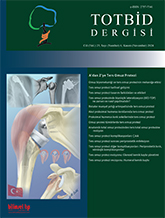
The history of shoulder prosthesis for osteoarthritis has significantly evolved from its inception, reflecting advancements in surgical techniques, implant design, and patient outcomes. The concept of prosthesis began to take shape in the late 19th century, with early attempts using materials like soft tissues, animal-derived membranes, and even ivory in interpositional arthroplasty to alleviate pain. The first documented shoulder arthroplasty was performed in 1893 by French surgeon Jules Emile Péan, using platinum and rubber materials. This groundbreaking procedure paved the way for the exploration and use of more artificial materials for prosthetic purposes. The challenges of low expectations and high complication rates were later overcome by the prosthetic designs of Neer and Grammont, which laid the groundwork for the further development of modern shoulder prostheses.